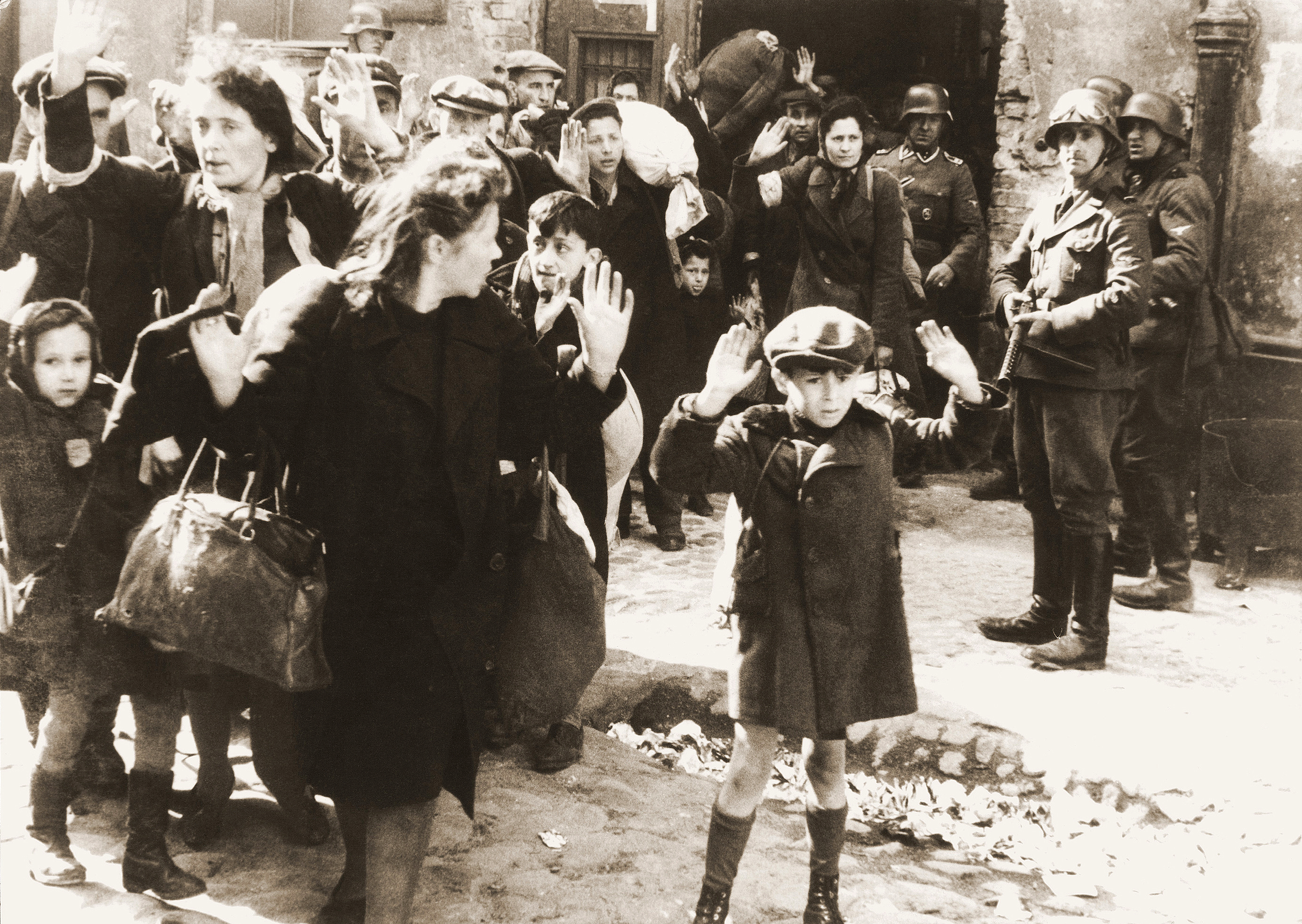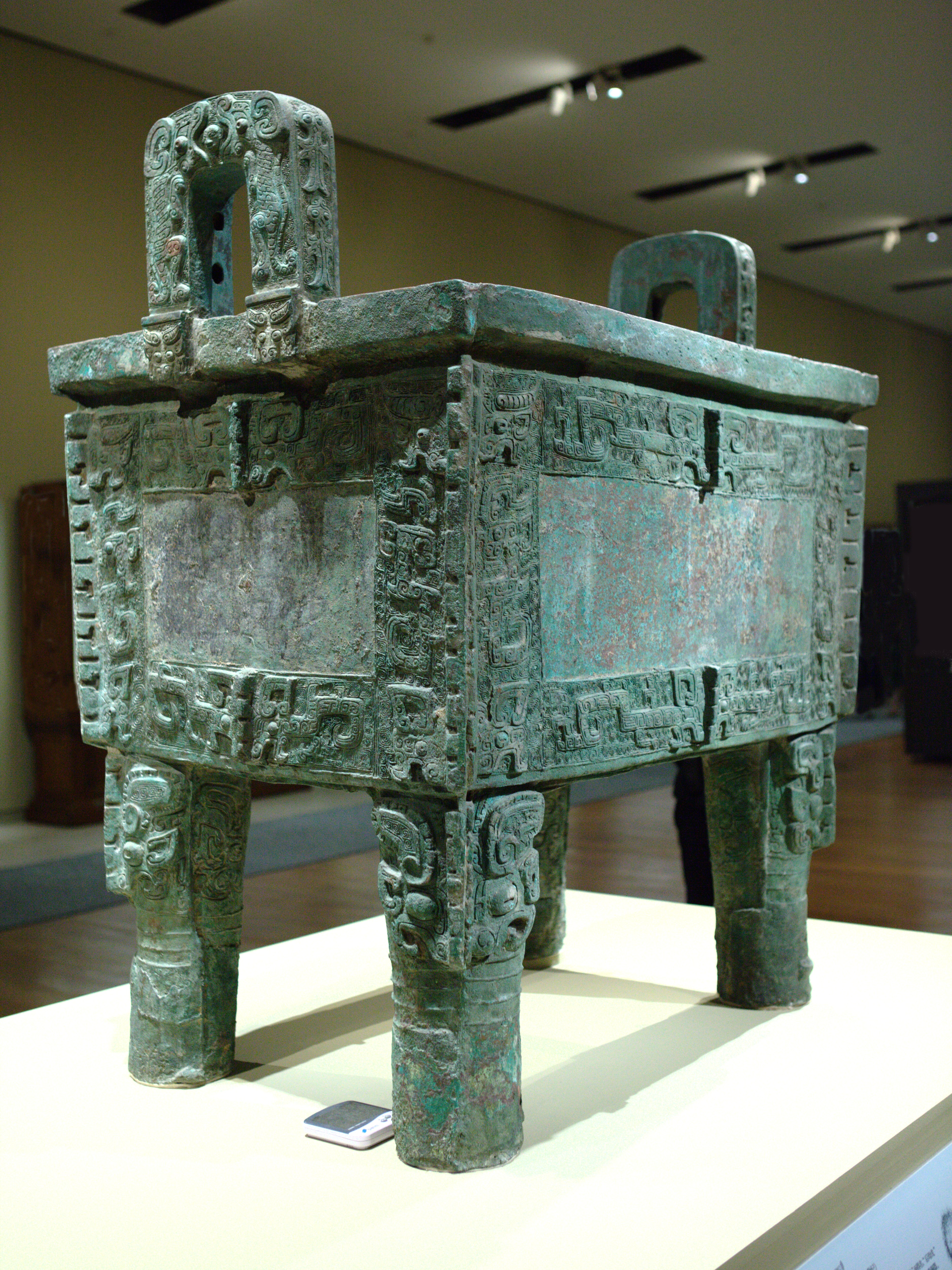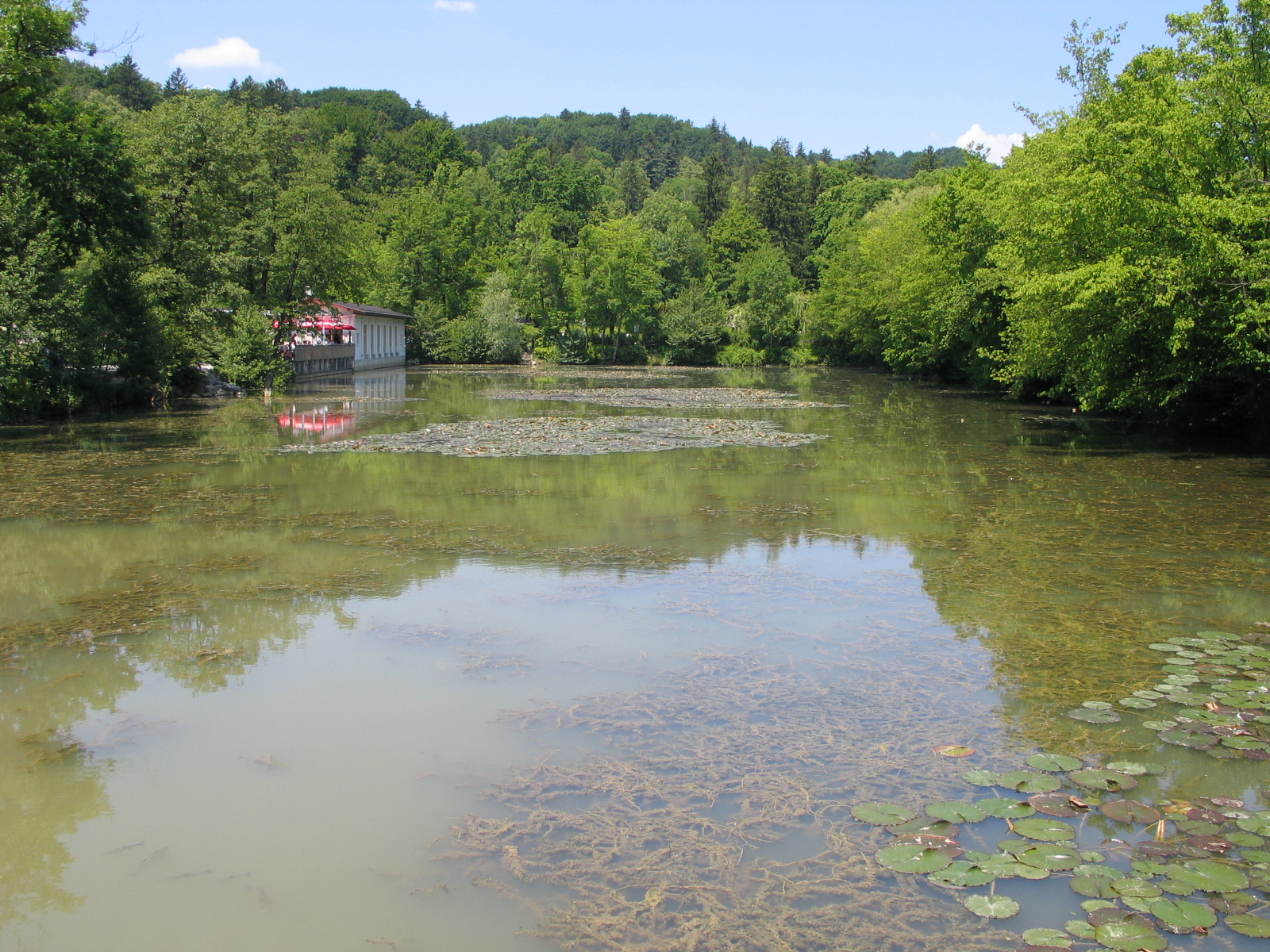|
Slobodan Pejić
Slobodan Pejić (19 June 1944 – 25 August 2006) was a Bosnian sculptor and painter who lived for most of his life in Slovenia. He is best known after having transformed a 300-year-old oak tree that fell in the storm in Tivoli Park in Ljubljana into the sculpture ''Coexistence'' in 2000, proposing with the act the beginning of a sculpture garden (''forma viva'') in the park. He painted numerous frescos in Bosnia and Croatia. In addition, he invented a new technique in sculpture, based on moulding and gas expansion. He was for many years the Ljubljana correspondent of the Tanjug press agency. Life Pejić was born during a bomb raid of German forces in World War II, on a field, in Balatun, located north of Bijeljina in what is now Republika Srpska. His father was a well-known architect, and his mother was a daughter of Bosnian worthies. As a boy, Pejić was educated by the Austrian painter Karl Matzek, with whom he studied for almost ten years, and who was the only father Pe ... [...More Info...] [...Related Items...] OR: [Wikipedia] [Google] [Baidu] |
Bosnia And Herzegovina
Bosnia and Herzegovina ( sh, / , ), abbreviated BiH () or B&H, sometimes called Bosnia–Herzegovina and often known informally as Bosnia, is a country at the crossroads of south and southeast Europe, located in the Balkans. Bosnia and Herzegovina borders Serbia to the east, Montenegro to the southeast, and Croatia to the north and southwest. In the south it has a narrow coast on the Adriatic Sea within the Mediterranean, which is about long and surrounds the town of Neum. Bosnia, which is the inland region of the country, has a moderate continental climate with hot summers and cold, snowy winters. In the central and eastern regions of the country, the geography is mountainous, in the northwest it is moderately hilly, and in the northeast it is predominantly flat. Herzegovina, which is the smaller, southern region of the country, has a Mediterranean climate and is mostly mountainous. Sarajevo is the capital and the largest city of the country followed by Banja Lu ... [...More Info...] [...Related Items...] OR: [Wikipedia] [Google] [Baidu] |
Mostar Bridge
Stari Most ( sh-Latn-Cyrl, Stari most, Стари мост, Old Bridge), also known as Mostar Bridge, is a rebuilt 16th-century Ottoman bridge in the city of Mostar in Bosnia and Herzegovina that crosses the river Neretva and connects the two parts of the city. On 9 November 1993 Stari Most collapsed due to shelling by the Croatian Defence Council (HVO) during the Croat–Bosniak War because the Army of the Republic of Bosnia and Herzegovina (ARBiH) used it as a military supply line. The Old Bridge was deemed a legitimate military target by the International Criminal Tribunal for the former Yugoslavia, since the ARBiH used it for military purposes. Subsequently, a project was set in motion to reconstruct it; the rebuilt bridge opened on 23 July 2004. The bridge is considered an exemplary piece of Balkan Islamic architecture and was commissioned by Suleiman the Magnificent in 1557. It was designed by Mimar Hayruddin, a student and apprentice of architect Mimar Sinan who built ma ... [...More Info...] [...Related Items...] OR: [Wikipedia] [Google] [Baidu] |
Grmeč
Grmeč ( sr-cyrl, Грмеч) is a mountain in north-western Bosnia and Herzegovina. It is more than 60 kilometres long, stretching between the city of Bihać and the town of Ključ. The highest peak of Grmeč is ''Crni vrh'' ("Black Peak") at above sea level. Grmeč is surrounded by the city of Bihać and towns Bosanski Petrovac, Ključ, Sanski Most, and Bosanska Krupa. Grmeč is the best-known place of bullfights or Bull wrestling in the Balkans. They are called the ''Corrida of Grmeč'' (''Grmečka korida'') and have been organised on every first Sunday in August for over 200 years, attracting thousands of visitors. These are fights between bulls themselves and there is no death of a bull. Fights happen in an empty field. The Corrida of Grmeč was depicted by the sculptor Slobodan Pejić. The sculpture of two bulls in a fight, made in bronze in 2004, has been compared to a confrontation of the oppressor and the oppressed or of the Bosnian people and the Austrian Empero ... [...More Info...] [...Related Items...] OR: [Wikipedia] [Google] [Baidu] |
Austrian Empire
The Austrian Empire (german: link=no, Kaiserthum Oesterreich, modern spelling , ) was a Central- Eastern European multinational great power from 1804 to 1867, created by proclamation out of the realms of the Habsburgs. During its existence, it was the third most populous monarchy in Europe after the Russian Empire and the United Kingdom. Along with Prussia, it was one of the two major powers of the German Confederation. Geographically, it was the third-largest empire in Europe after the Russian Empire and the First French Empire (). The empire was proclaimed by Francis II in 1804 in response to Napoleon's declaration of the First French Empire, unifying all Habsburg possessions under one central government. It remained part of the Holy Roman Empire until the latter's dissolution in 1806. It continued fighting against Napoleon throughout the Napoleonic Wars, except for a period between 1809 and 1813, when Austria was first allied with Napoleon during the invasion o ... [...More Info...] [...Related Items...] OR: [Wikipedia] [Google] [Baidu] |
Mostar Foundry
Mostar (, ; sr-Cyrl, Мостар, ) is a city and the administrative center of Herzegovina-Neretva Canton of the Federation of Bosnia and Herzegovina, an entity of Bosnia and Herzegovina, and the historical capital of Herzegovina. Mostar is situated on the Neretva River and is the fifth-largest city in the country. Mostar was named after the bridge keepers (''mostari'') who in the medieval times guarded the Stari Most (Old Bridge) over the Neretva. The Old Bridge, a UNESCO World Heritage Site, built by the Ottoman Bosnia and Herzegovina, Ottomans in the 16th century, is one of Bosnia and Herzegovina's most visited landmarks, and is considered an exemplary piece of Islamic architecture in the Balkans. History Ancient and medieval history Human settlements on the river Neretva, between Mount Hum (Mostar), Mount Hum and the Velež Mountain, have existed since prehistory, as witnessed by discoveries of fortified enceintes and cemeteries. Evidence of Roman people, Roman occupation wa ... [...More Info...] [...Related Items...] OR: [Wikipedia] [Google] [Baidu] |
Dehumanization
Dehumanization is the denial of full humanness in others and the cruelty and suffering that accompanies it. A practical definition refers to it as the viewing and treatment of other persons as though they lack the mental capacities that are commonly attributed to human beings. In this definition, every act or thought that regards a person as "less than" human is dehumanization. Dehumanization is one technique in incitement to genocide. It has also been used to justify war, judicial and extrajudicial killing, slavery, the confiscation of property, denial of suffrage and other rights, and to attack enemies or political opponents. Conceptualizations Behaviorally, dehumanization describes a disposition towards others that debases the others' individuality as either an "individual" species or an "individual" object (e.g., someone who acts inhumanely towards humans). As a process, dehumanization may be understood as the opposite of personification, a figure of speech in which ... [...More Info...] [...Related Items...] OR: [Wikipedia] [Google] [Baidu] |
Terracota
Terracotta, terra cotta, or terra-cotta (; ; ), in its material sense as an earthenware substrate, is a clay-based unglazed or glazed ceramic where the fired body is porous. In applied art, craft, construction, and architecture, terracotta is the term normally used for sculpture made in earthenware and also for various practical uses, including vessels (notably flower pots), water and waste water pipes, roofing tiles, bricks, and surface embellishment in building construction. The term is also used to refer to the natural brownish orange color of most terracotta. In archaeology and art history, "terracotta" is often used to describe objects such as figurines not made on a potter's wheel. Vessels and other objects that are or might be made on a wheel from the same material are called earthenware pottery; the choice of term depends on the type of object rather than the material or firing technique. Unglazed pieces, and those made for building construction and industry, are ... [...More Info...] [...Related Items...] OR: [Wikipedia] [Google] [Baidu] |
Ljubljana Town Hall
Ljubljana Town Hall ( sl, Ljubljanska mestna hiša, also known as or simply or ) is the town hall in Ljubljana, the capital of Slovenia, is the seat of the City Municipality of Ljubljana. It is located at Town Square in the city centre close to Ljubljana Cathedral. The original building was built in a Gothic style in 1484, probably according to plans by the Carniolan builder Peter Bezlaj. Between 1717 and 1719, the building underwent a Baroque renovation with a Venetian inspiration by the builder Gregor Maček, Sr., who built based on plans by the Italian architect Carlo Martinuzzi and on his own plans (the gable front, the loggia, and the three-part staircase). In the mid-1920s, a monument to the Serbian and first Yugoslav king Peter I was erected in the entrance of Town Hall. The monument, designed by the architect Jože Plečnik, was removed and destroyed by the Fascist Italian occupation authorities of the Province of Ljubljana in April 1941. Outside the town hall stands a ... [...More Info...] [...Related Items...] OR: [Wikipedia] [Google] [Baidu] |
Bronze
Bronze is an alloy consisting primarily of copper, commonly with about 12–12.5% tin and often with the addition of other metals (including aluminium, manganese, nickel, or zinc) and sometimes non-metals, such as phosphorus, or metalloids such as arsenic or silicon. These additions produce a range of alloys that may be harder than copper alone, or have other useful properties, such as strength, ductility, or machinability. The archaeological period in which bronze was the hardest metal in widespread use is known as the Bronze Age. The beginning of the Bronze Age in western Eurasia and India is conventionally dated to the mid-4th millennium BCE (~3500 BCE), and to the early 2nd millennium BCE in China; elsewhere it gradually spread across regions. The Bronze Age was followed by the Iron Age starting from about 1300 BCE and reaching most of Eurasia by about 500 BCE, although bronze continued to be much more widely used than it is in modern times. Because histori ... [...More Info...] [...Related Items...] OR: [Wikipedia] [Google] [Baidu] |
Tivoli Pond
Tivoli Pond ( sl, Tivolski ribnik, less often or simply or ''Ribnjak'' ('pond')) is a man-made pond at the southeastern end of Tivoli City Park in Ljubljana, the capital of Slovenia. It was created in 1880. It is part of Tivoli–Rožnik Hill–Šiška Hill Landscape Park and has been used for recreation, fishing, and as a flood-control reservoir. The pond is administered by the Barje Fishing Club. It has been home to a variety of native and non-native animal species and it has served as a theme and a scene for visual artists and musicians. Location and arrangement Tivoli Pond is located in the circular plateau of the CR 3/1 (part) Tivoli arrangement area. The area is situated in the southeastern part of Tivoli Park in the immediate vicinity of the Cekin Mansion, along an avenue that was planted in the 1860s. On the western bank of the pond, there are two wooden peninsulas, frequently occupied by young people. A cafe operates at the northwestern end of the pond, in a half-woode ... [...More Info...] [...Related Items...] OR: [Wikipedia] [Google] [Baidu] |
Fresco
Fresco (plural ''frescos'' or ''frescoes'') is a technique of mural painting executed upon freshly laid ("wet") lime plaster. Water is used as the vehicle for the dry-powder pigment to merge with the plaster, and with the setting of the plaster, the painting becomes an integral part of the wall. The word ''fresco'' ( it, affresco) is derived from the Italian adjective ''fresco'' meaning "fresh", and may thus be contrasted with fresco-secco or secco mural painting techniques, which are applied to dried plaster, to supplement painting in fresco. The fresco technique has been employed since antiquity and is closely associated with Italian Renaissance painting. The word ''fresco'' is commonly and inaccurately used in English to refer to any wall painting regardless of the plaster technology or binding medium. This, in part, contributes to a misconception that the most geographically and temporally common wall painting technology was the painting into wet lime plaster. Even in app ... [...More Info...] [...Related Items...] OR: [Wikipedia] [Google] [Baidu] |


.jpg)


.jpg)